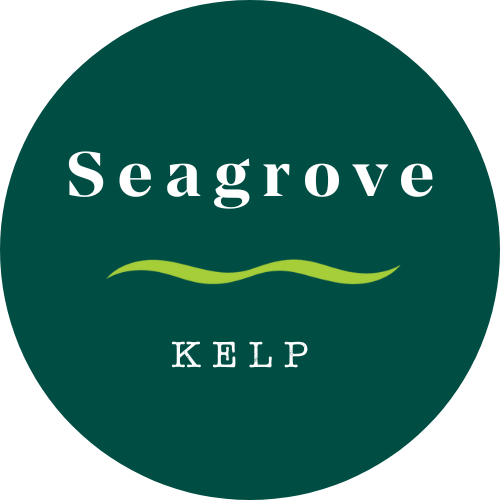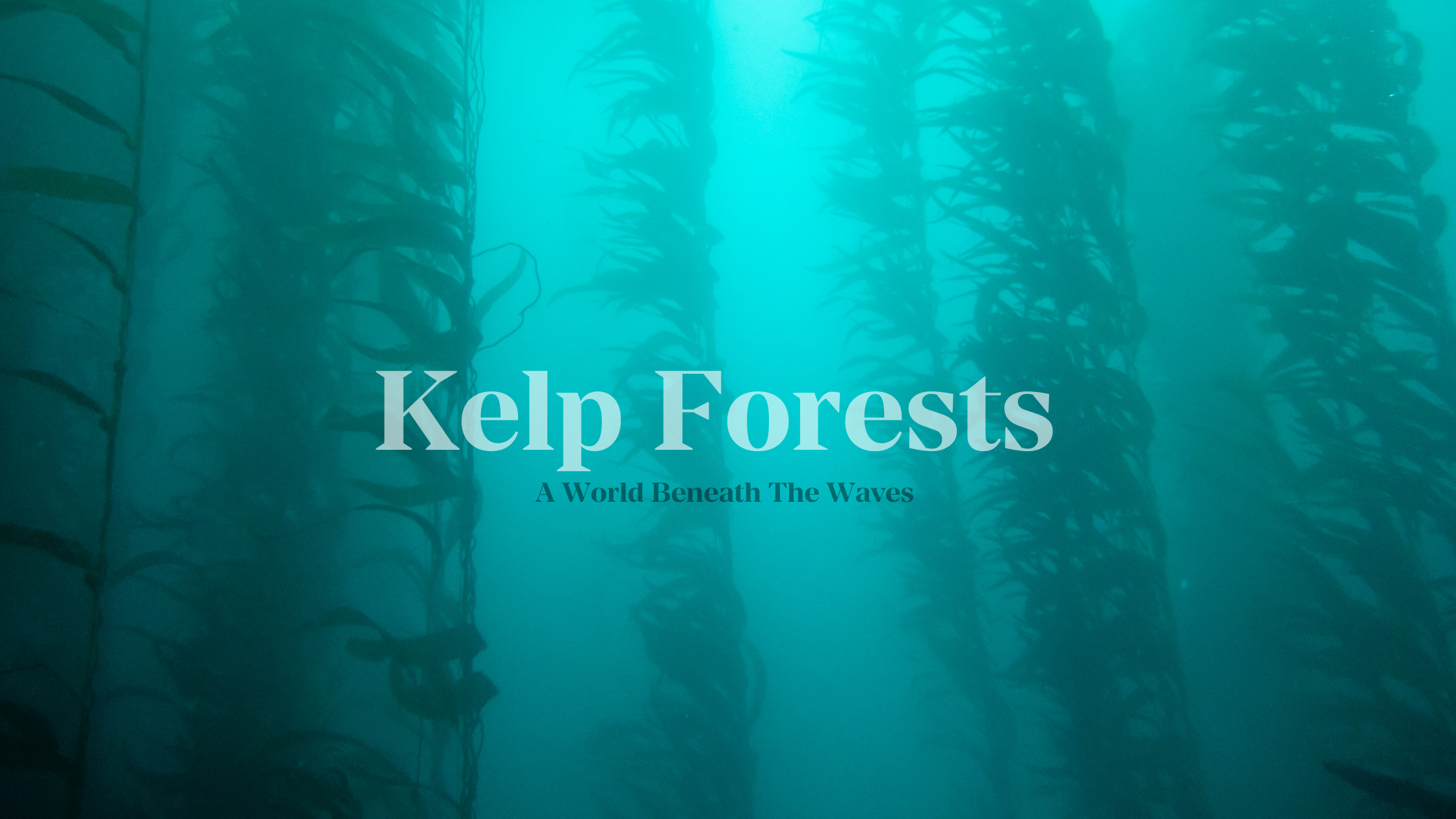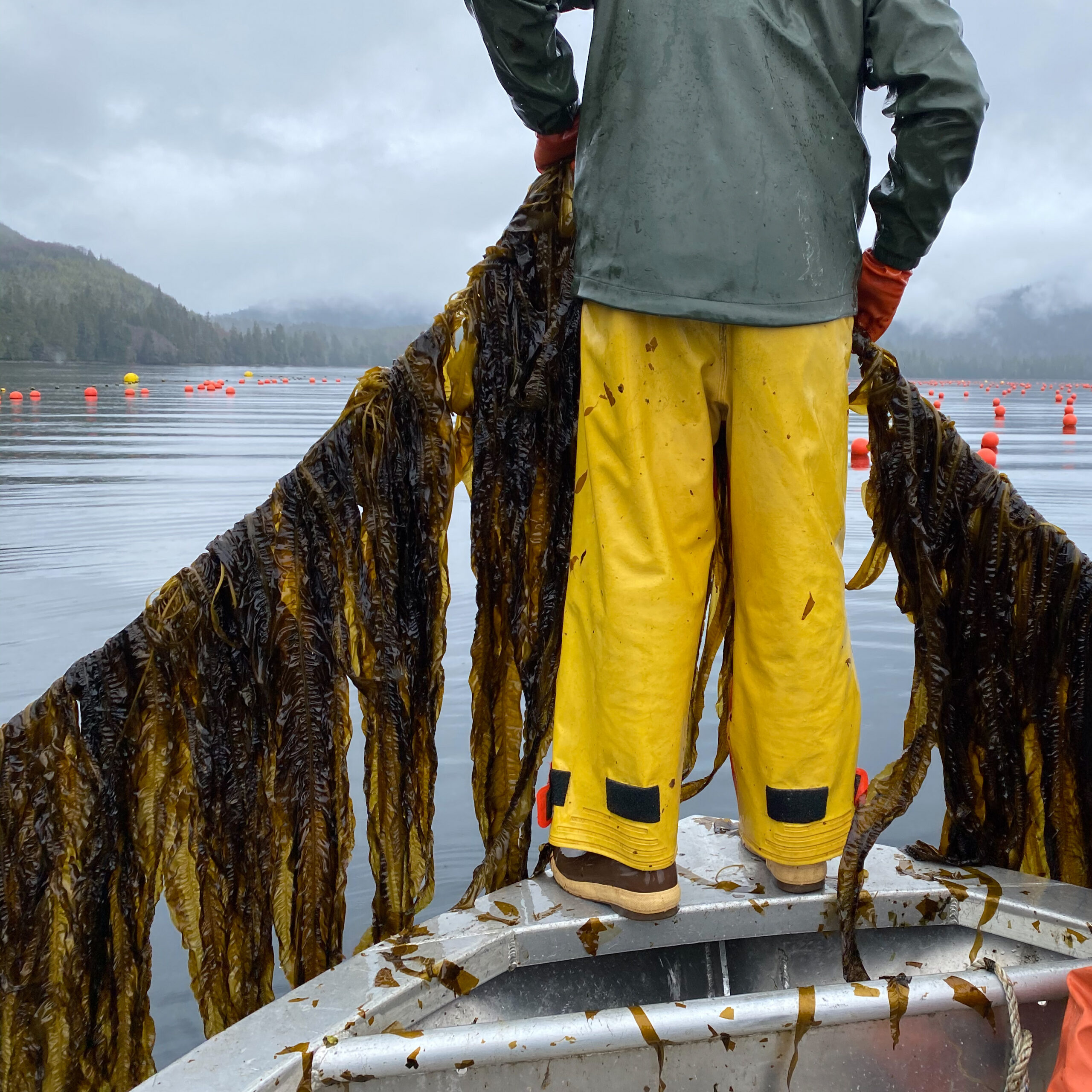Beneath the churling dark waters of Southeast Alaska lay a world unlike our own. The water is cool and temperate with rays of sunlight piercing through the waves giving life to the dense forests below. Long blades of dark green seaweed sway and dance with the movement of the ocean while marine life finds sanctuary in the safety of the thick kelp canopy. Similarly to the forests on land that we are accustomed to, kelp forests harbor a large variety of life with an abundance of food and shelter. Like land based forests, kelp forests also provide oxygen (an estimated 70-80% of the oxygen in our atmosphere is due to kelp forests!) and they are one of the most important ecosystems on our planet.
Kelp forests grow fast, up to two feet a day! They anchor themselves with a root like system called the holdfast onto rocky coastal bottoms and reach upwards towards the surface to photosynthesize, despite not technically being plants. The kelp blades are held afloat by gas bladders (pneumatocyst) and the stem like stipe is flexible yet durable to keep the kelp sturdy. They thrive in colder climates that are nutrient rich and biodiverse.
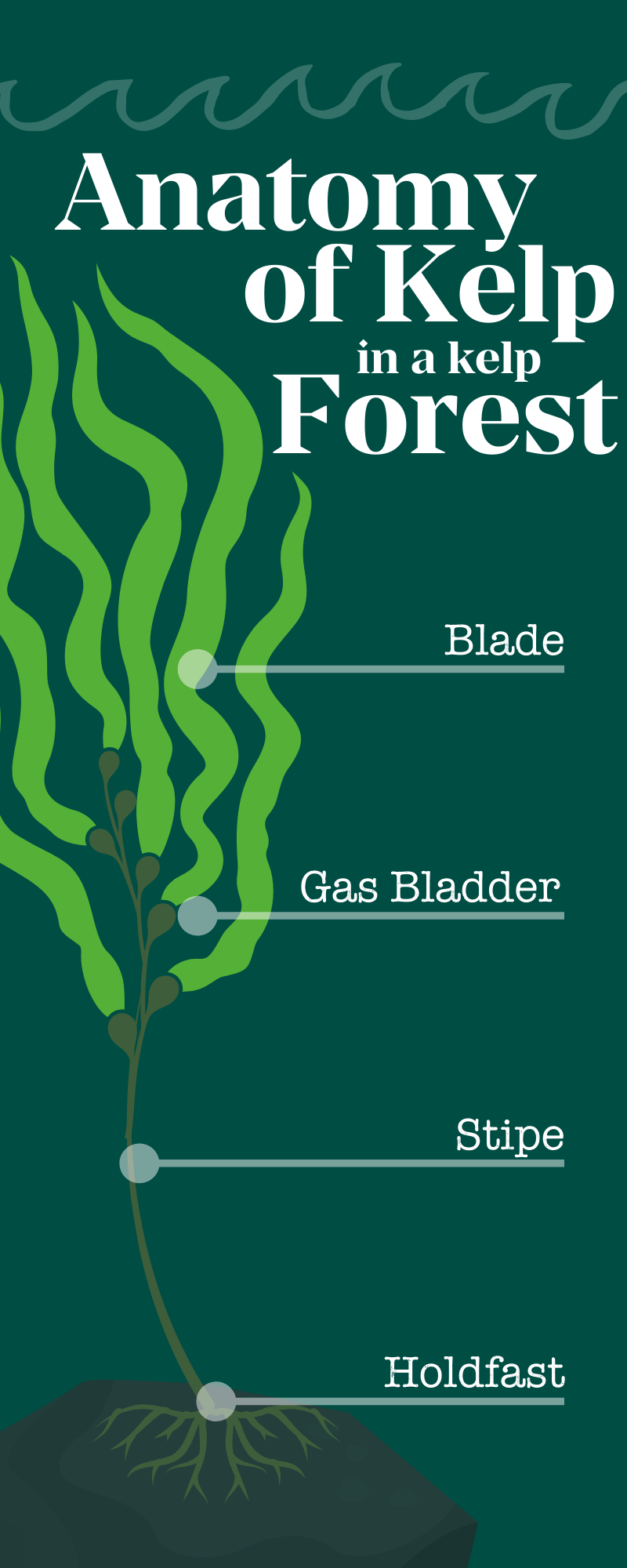
Many marine animals call kelp forests home. Along the ocean floor you can find brittle stars, prawns, snails and other invertebrates that feed on the kelp’s holdfast. Among the stipes are all kinds of fish, including rockfish. These fish offer meals to seals and sea lions. The blades of the kelp forest offer protection to various members of marine mammals. Sea otters and even whales can be found hidden among the dark leafy greens. The thickness of the blades helps protect the mammals and their young from predators as well as offering a calm place to shelter out storms. Even birds can be found at home on the surface of kelp forests. They dine on the flies and small crustaceans that are abundant here.

Unfortunately, like much of our planet, kelp forests are under attack from outside forces such as climate change. Warmer waters make it more difficult for forests to thrive as they have for thousands of years. Across the oceans the annually growing kelp are declining in population numbers. California, for example, saw a decline by 93% in the last five years, according to the Department of Fish and Wildlife. Overfishing is a reason for concern as well, throwing off the natural balance of predator vs. prey in the forests. One example of this chain reaction is the sea otter, attracted to the forest for the variety of dining options and fish, also feasts on the red sea urchin which when left untouched can decimate a forest.
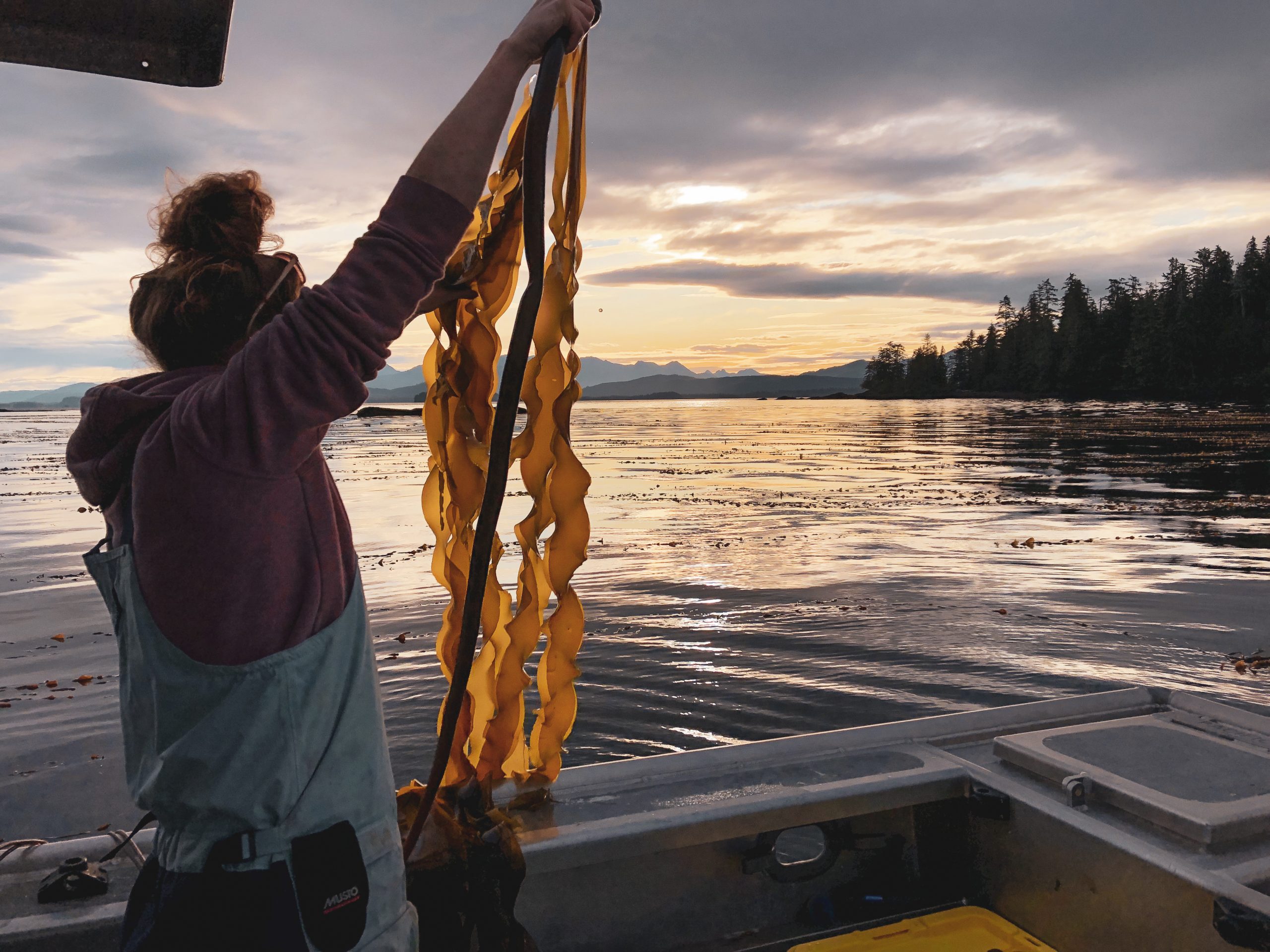
Kelp farming can help save the kelp forests. Seaweed farming is different from its agricultural counterparts in that it uses no fertilizers, land space, or pesticides. This cleaner alternative also helps to cleanse the ocean environments that it is grown in. Seaweed has an amazing capability of breaking down pollutants and acts a sponge for carbon and nitrogen. Not to mention that while growing in the farm the kelp provides the same safe home for marine wildlife that naturally thriving kelp forests do.
There are many reasons why kelp forests are an amazing ecosystem that deserves our respect and attention. These are just a few reasons why we all need to focus on a cleaner future and combat environmental challenges in the best way we can, by nourishing what naturally is and helping grow what can be. Stay tuned to Seagrove Kelp Co. to hear more about how kelp farming is helping combat global climate change.
